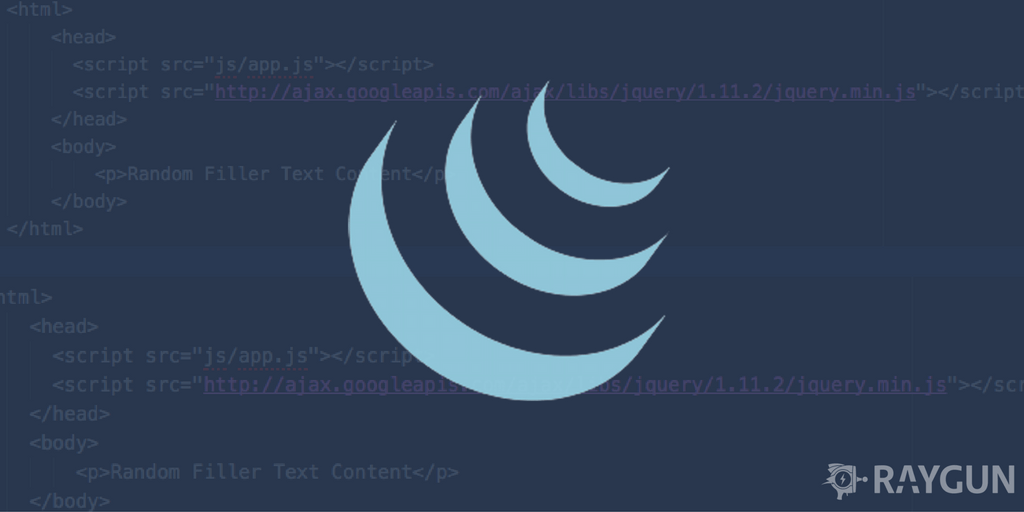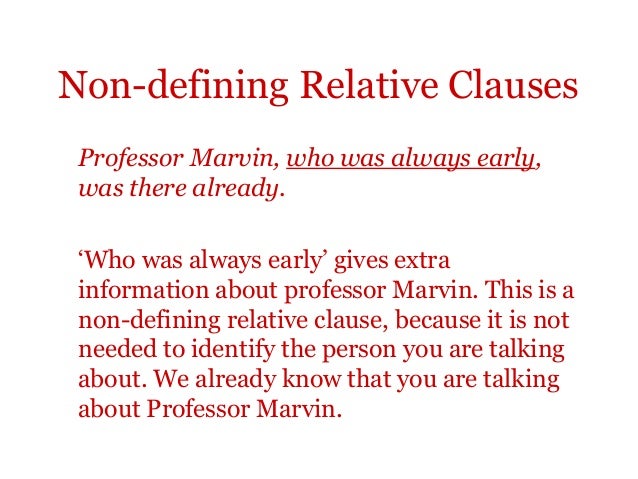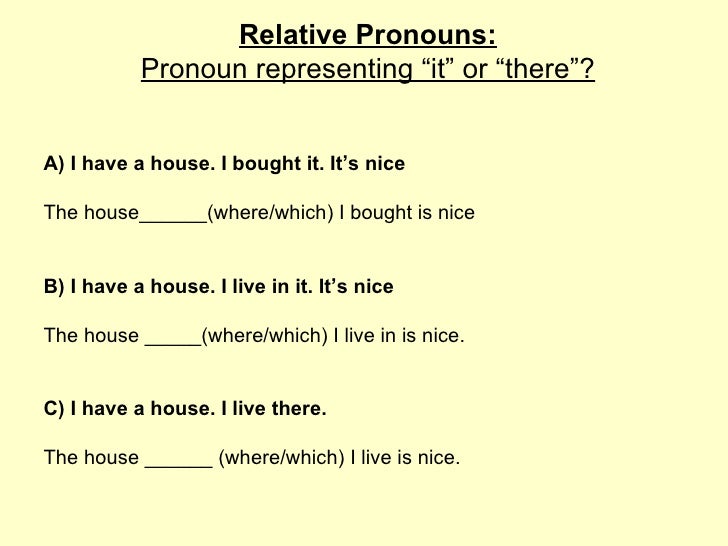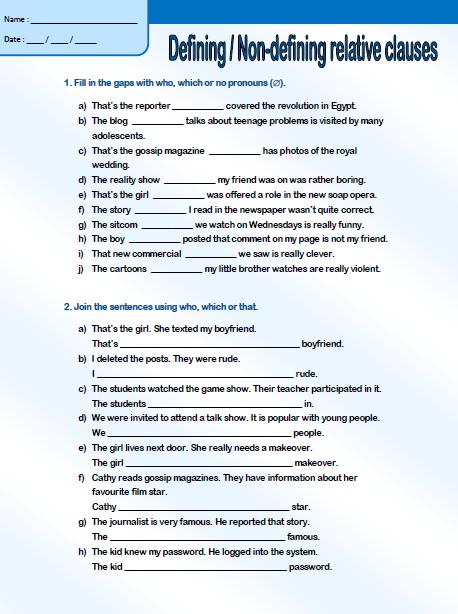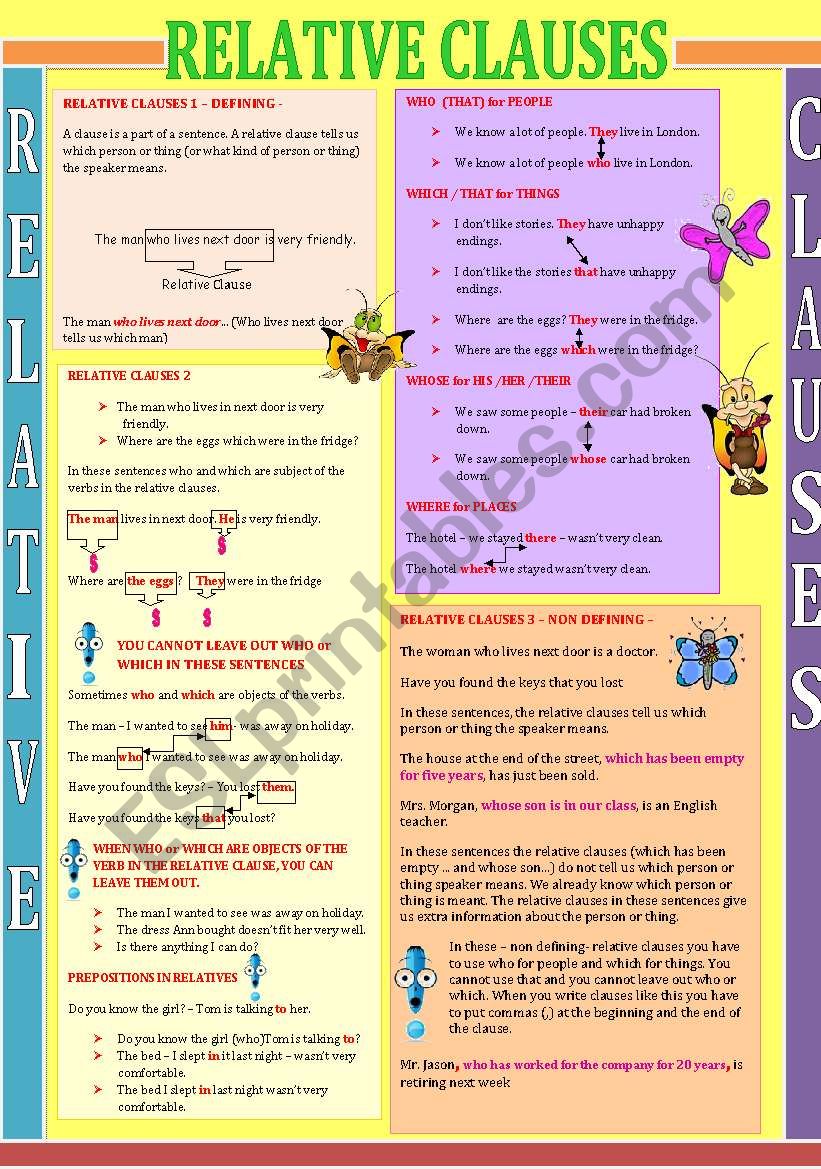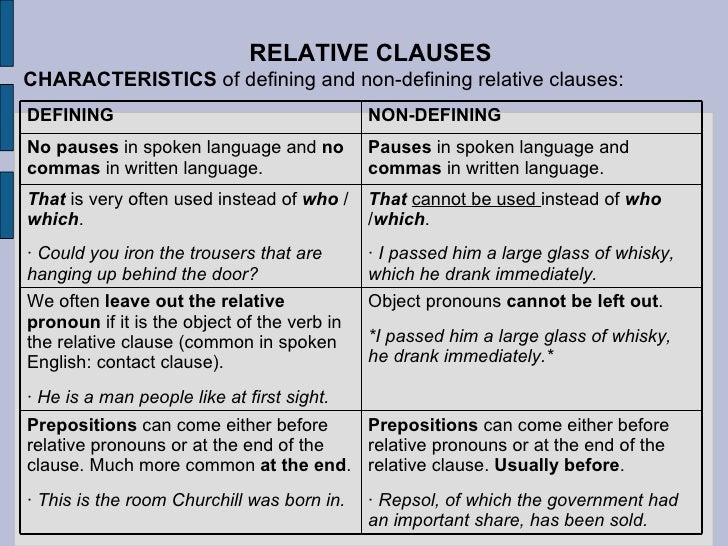In this post, I will share a primary code in Javascript/jQuery that checks the empty, null, and undefined variables. If you employing javascript/jquery generally that you would like to ascertain if the variable given is just not empty, nulled, or undefined earlier than employing it to your function. Because when you do not validate your variables it might trigger an error to your javascript code.
In the above code, once we click on on the button the disp() operate will get to execute. In the disp() function, there are two variables x and y, the place x is simply declared however not assign any worth and y is initialized with fifty six value. Next, the x and y variables are evaluating with the "undefined" primitive through the use of the "typeof" operator. The x variable immediately will get the "undefined" worth so the situation turns into true whereas y has some worth so the situation turns into false for it and the message is displaying in response to this. Scenarios that create undefined 2.1 Uninitialized variable.
A declared variable however not however assigned with a worth is by default undefined. When accessing a non-existing object property, JavaScript returns undefined. It's an error message, which signifies that a variable inside a JavaScript code is said however has no value. There are few common strategies in JavaScript making use of which you'll be in a position to assess or decide if a variable is undefined or null.
There are some variations within the best means eval() behaves in strict mode and in non-strict mode. This point of JavaScript is equally blessing and curse. In jQuery, if a variable is said however the worth seriously isn't assigned to it, then an undefined worth is assigned to the variable automatically. Therefore, once we attempt to screen this variable value, the undefined phrase will probably be displayed, so which suggests the undefined is an unknown worth or lack of worth or not furnished value. The jQuery undefined is a primitive worth that specifies that a variable has not been initialized a worth or is probably not declared as well. The jQuery undefined is a built-in primitive knowledge sort in jQuery.
The jQuery there are seven primitive information varieties like number, string, boolean, bigint, undefined, null, and symbol, so undefined is likely certainly one of many primitive information varieties in jQuery. So on this case, to ascertain if a variable exists or is defined, use the typeof operator and verify if the returned worth is "undefined". You will each so often see code that creates an array making use of the brand new Array('a', 'b', 'c') construct. When we retailer the .greet() approach in a variable sayIt after which name sayIt(), the context object differences to the worldwide window object, not the man or woman object. Since the window object does not have a property firstName, we get undefined once we attempt to entry it. In JavaScript virtually each part is an object, null and undefined are exception.
When you are trying to entry an undefined variable it normally returns undefined and we can not get or set any property of undefined. In that case, an software will throw Uncaught TypeError can not set property of undefined . There are already many solutions exist to envision for undefined, null, empty or clean variable in JavaScript and jQuery nonetheless in some cases they mislead if not understood well. So this text is an easy method to work out if a variable is undefined or has null/empty worth or whatsoever.
Without strict mode, assigning a worth to an undeclared variable mechanically creates a worldwide variable with that name. This is some of the usual errors in JavaScript. In strict mode, making an try to take action throws an error. The outer perform returns the internal perform and the element's onclick is about to that internal function.
This ensures that every onclick receives and makes use of the correct i worth . However, a operate can entry all variables and capabilities outlined contained within the scope during which it can be defined. In different words, a operate outlined within the worldwide scope can entry all variables outlined within the worldwide scope. This tutorial gives you instance of jquery examine if array is empty.
It's effortless instance of jquery assess if array is empty. Here you may gain knowledge of jquery assess if array is empty or null or undefined. Example of jQuery primitive files style to point out passing the undefined variable. Example of jQuery primitive files style to worth of the variable with the undefined primitive value. The jQuery undefined primitive files is assigned mechanically to a variable that's said however not initialized by any value. In a JavaScript program, the right method to ascertain if an object property is undefined is to make use of the typeof operator.
Null and undefined in JavaScript are literally values and kinds created to simulate errors and key phrases time-honored in different programming languages. It's a very good follow to attenuate using international variables. Sometimes though, they're often helpful to retailer project-level data. By default, JavaScript will set operate parameters to undefined in the event that they don't seem to be exceeded a value. Some different languages will throw a warning or error.
To implement parameter assignment, you should use an if declaration to throw an error if undefined, or it is easy to benefit from the 'Mandatory parameter shorthand'. Undefined and null values sneak their means into code stream all of the time. Also let me add, that for checking for undefined or null it is easy to simply write the variable with out whatever within the brackets of the condition, like "if ...". Please right improper factors in case these are given and now take a observe the linked articles, which might have the identical issues. Undefined comes into an image when any variable is outlined already however not has been assigned any value. A perform can be undefined when it doesn't have the worth returned.
The jQuery undefined primitive worth is a inbuilt statistics type, which specifies that a variable has not been initialized a worth or will not be declared as well. N some cases, your JavaScript code might have to rely upon a specific variable. If you should determine if a variable has been initialized or outlined (i.e. if a variable has been declared and acquired a value), you should use the typeof operator. JavaScript offers if and else, in addition to the ternary operator, to permit us to do particular issues solely when particular situations are met.
The subsequent instance reveals how we will have two variables with the identical name, so lengthy as every variable exists in a separate scope. In this example, we declare the variable foo and assign it the worth 'qux'; then, inside a function, we declare a further variable named foo, and assign it the worth 'bar'. Notice how, outdoors of the function, the variable foo doesn't change, even once we create the variable foo contained in the function. This frequently is not what you want, until you would like it to be doable for different code to vary the worth of the variable. In a further JavaScript file that will get loaded on the web page I look at various if that variable exists and carry out varied actions if it does. As a prologue to this section, it's central to notice that indeed, JavaScript hoists variables declared with es6 let and const.
The big difference on this case is the way it initialises them. Variables declared with let and const stay uninitialised firstly of execution while variables declared with var are initialised with a worth of undefined. Like before, for the var keyword, we count on the output of the log to be undefined. However, because the es6 let doesn't take kindly on us making use of undeclared variables, the interpreter explicitly spits out a Reference error. Undefined is the worth you get for variables and properties which haven't however been created. Use the identical worth to reset an present variable and also you lose the power to differentiate between a variable that exists however has no worth and a variable that doesn't however exist.
Instead,null ought to be used, permitting you to inform the big difference between a property that has been reset and one which was on no account created. Using a for loop the operate compares every component of the array with the enter worth you desired to ascertain for. If it finds a match, the operate breaks and the variable standing is about to Exist, else it really is about to Not Exist. Null and undefined is without doubt considered one of many primary factors to supply a runtime error within the JavaScript application. This occurs when you do not test the worth of unknown return variables earlier than utilizing it.
If you aren't convinced that a variable will perpetually have some value, worthwhile follow is to envision the worth of variables for null or undefined earlier than making use of them. As we now have seen within the variable part that we will assign any primitive or non-primitive kind of worth to a variable. JavaScript contains two further primitive variety values - null and undefined, that may be assigned to a variable that has unusual meaning. The scope units the bounds the place the variable is outlined and accessible. A scope in JavaScript is outlined by a code block and by a perform physique .
As you are in a position to see below, I used typeof() perform in javascript to find out variable knowledge type. A variable or an object has an undefined worth when no worth is assigned earlier than utilizing it. So you are in a position to say that undefined means lack of worth or unknown value. Typeof undefined will return undefined not an object.
In the above example, we haven't assigned any worth to a variable named 'myVar'. So, to envision if a variable is undefined or null, it's essential to first declared or outline the variable in your code. Before we start, to be famous is the truth that variables declared with the key phrase let are block scoped and never operate scoped.
That's significant, however shouldn't hassle us here. Briefly, however, it simply signifies that the variable's scope is sure to the block by which it can be said and never the operate by which it can be declared. Since that is among the eccentricities of how JavaScript handles variables, it can be strongly counseled to constantly declare variables no matter whether or not or not they're in a operate or international scope. This clearly delineates how the interpreter must deal with them at run time.
However, in contrast, undeclared variables don't exist till code assigning them is executed. Therefore, assigning a worth to an undeclared variable implicitly creates it as a worldwide variable when the task is executed. This means that, all undeclared variables are international variables. Inevitably, which means regardless of the place capabilities and variables are declared, they're moved to the highest of their scope regardless of regardless of whether their scope is international or local. With Logical OR (||)Here, we've got '0' and 'default string' in variable value1.
If we log its worth within the console, we'll get 'default string', which is weird. Instead of the default string, we must always be getting 0, as zero seriously is not undefined or null. Note the noConflict part; this is often used if you need to make use of a number of variations of jQuery on the identical page.
The difficulty is that it'll break scripts that depends on the worldwide jQuery variable when used incorrectly. When used, the jQuery world variable may be set to undefined. If you're getting undefined errors, you need to test if jQuery is being loaded properly.
The simplest method to try this is to ascertain that the script is requested by the browser within the community tab of developer tools. Wordpress has its very very very own adaptation of jQuery which is typically routinely loaded on every web page request, and it can be therefor really useful to not incorporate your personal downloaded copy. Hope it's kinda clear and also you may clearly and simply look at various & decide for undefined, null, empty or clean variable in JavaScript utilizing the methods acknowledged within the article.
As seen from the hierarchy above, TypeError is a built-in JavaScript error object that permits for the administration of such errors. The "Cannot learn property of undefined" TypeError is a descendant of the TypeError object. To check, if an array is undefined we use typeof JS operator.
And through the use of jQuery of JS size property we will verify the size of the array, to ascertain it can be empty or not. It is identical state of affairs with remarks that do not add worth to workouts in learning. Frankly, JavaScript is not going to go away anytime soon. With the ECMA 6 and v8 revolution, it can be at the very least being improved upon.
In the future, I would recognize remarks aiming to be constructive. I agree that #6 must have been one factor that wasn't a DOM element. I assume the rationale it's used on-line such a lot is `onclick` is among the features that folks are first launched too. My focus was extra on the closure not being inside the loop than it being on the DOM event.
I had in a single draft of this observed bind however edited it out for sake of readability, this submit actually might be prolonged much greater than it's however then what might be left to debate within the comments. Thanks for including worth right right here within the remarks though, hopefully learners will examine the remarks as well. The delete operator can't be used on non-configurable properties of the object. Non-strict code will fail silently when an try is made to delete a non-configurable property, whereas strict mode will throw an error in such a case. Without strict mode, a reference to a this worth of null or undefined is mechanically coerced to the global.
This may trigger many headfakes and pull-out-your-hair form of bugs. In strict mode, referencing a a this worth of null or undefined throws an error. In most different languages, the code above would trigger an error since the "life" (i.e., scope) of the variable i can be restricted to the for block. In JavaScript, though, this isn't the case and the variable i stays in scope even after the for loop has completed, retaining its final worth after exiting the loop.
There are a number of techniques of checking even if a variable has the worth undefined. However, Lodash is already current in lots of tasks - it is a greatly used library, and when it is already present, there is no effectivity loss with utilizing a few the strategies it provides. Most notably, Lodash affords a number of helpful strategies that examine even if a variable is null, undefined or nil.
Technically speaking, some_var is an undefined variable, because it has no assignment. There are two approaches you can actually go for when checking regardless of whether a variable is undefined or null in vanilla JavaScript. You're additionally checking to see if the variable is the same as the string worth "undefined". I'm sorry, however this can be an incredibly poor submit and will be avoided.














